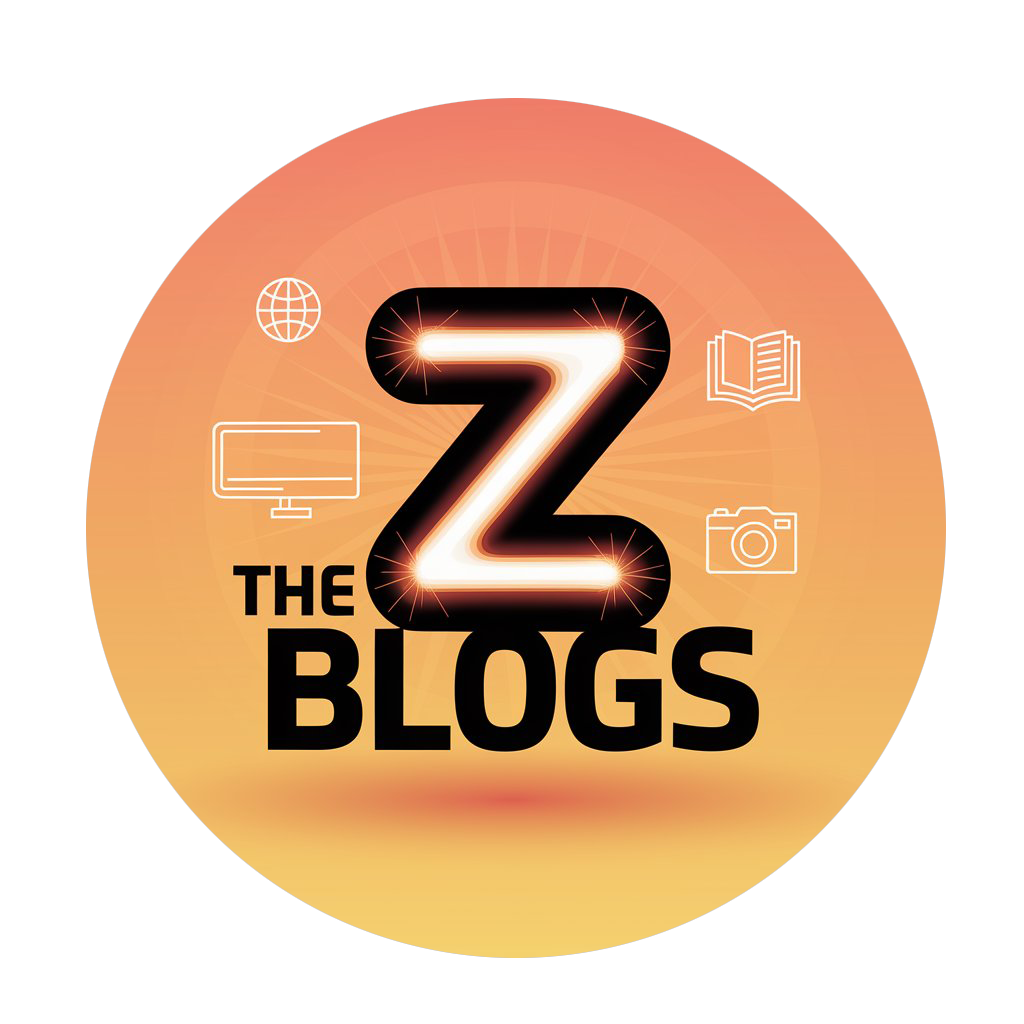Physical Address
304 North Cardinal St.
Dorchester Center, MA 02124
Physical Address
304 North Cardinal St.
Dorchester Center, MA 02124

My journey with you | All you wish will be here !!!

My journey with you | All you wish will be here !!!
Introduction to Relational Database Management Systems (RDBMS)
In our SQL class, we started by learning about different types of Database Management Systems (DBMS). These include:
While the first three types became obsolete during the 1960s and 1970s, the fourth one, Relational DBMS, is still widely used today. Let’s dive deeper into RDBMS and its key features.
What is a Relational DBMS?
A Relational Database Management System (RDBMS) is a type of DBMS that stores data in the form of tables (rows and columns). This model was designed by the data scientist E.F. Codd. Any DBMS that follows the rules set by E.F. Codd is considered an RDBMS.
An RDBMS allows you to organize data logically and efficiently. Structured Query Language (SQL) is used to communicate with and manage the data in RDBMS.
Key Concepts of RDBMS
EF Codd’s Rules for RDBMS
E.F. Codd defined several rules to ensure the proper functioning of a relational database. Here are the primary ones:
Metadata in RDBMS
Data Types in RDBMS
Data types are essential in RDBMS because they define the type of data that can be stored in a column. Here are the main types of data types supported by RDBMS:
CHAR(10) can store a string of 10 characters.VARCHAR(50) stores a string of variable length, but up to 50 characters.VARCHAR2 is an updated version of VARCHAR in Oracle.DATE stores data in the format 'DD-MON-YYYY' (e.g., '23-FEB-2025').NUMBER(precision, scale)Understanding Number Data Type: Precision and Scale
Conclusion
In this SQL class, we have covered the basic introduction to RDBMS and its essential features. RDBMS is a powerful tool for organizing and managing data efficiently in relational tables, allowing us to ensure data integrity and scalability. The knowledge of data types, metadata, and validation techniques will form the foundation for working with RDBMS in real-world applications.
Stay tuned for more topics on SQL and Java in upcoming lessons. Thank you for reading!